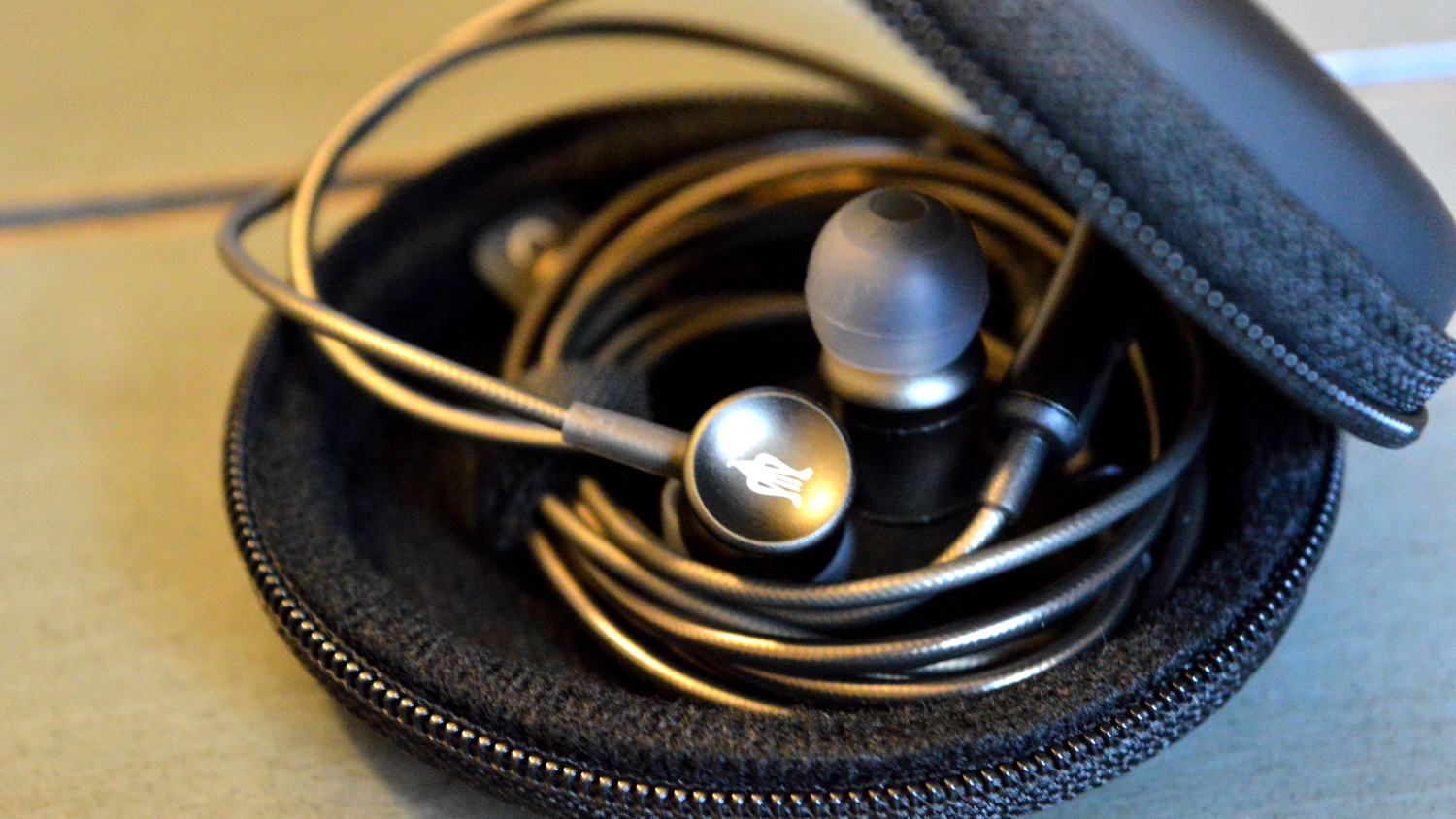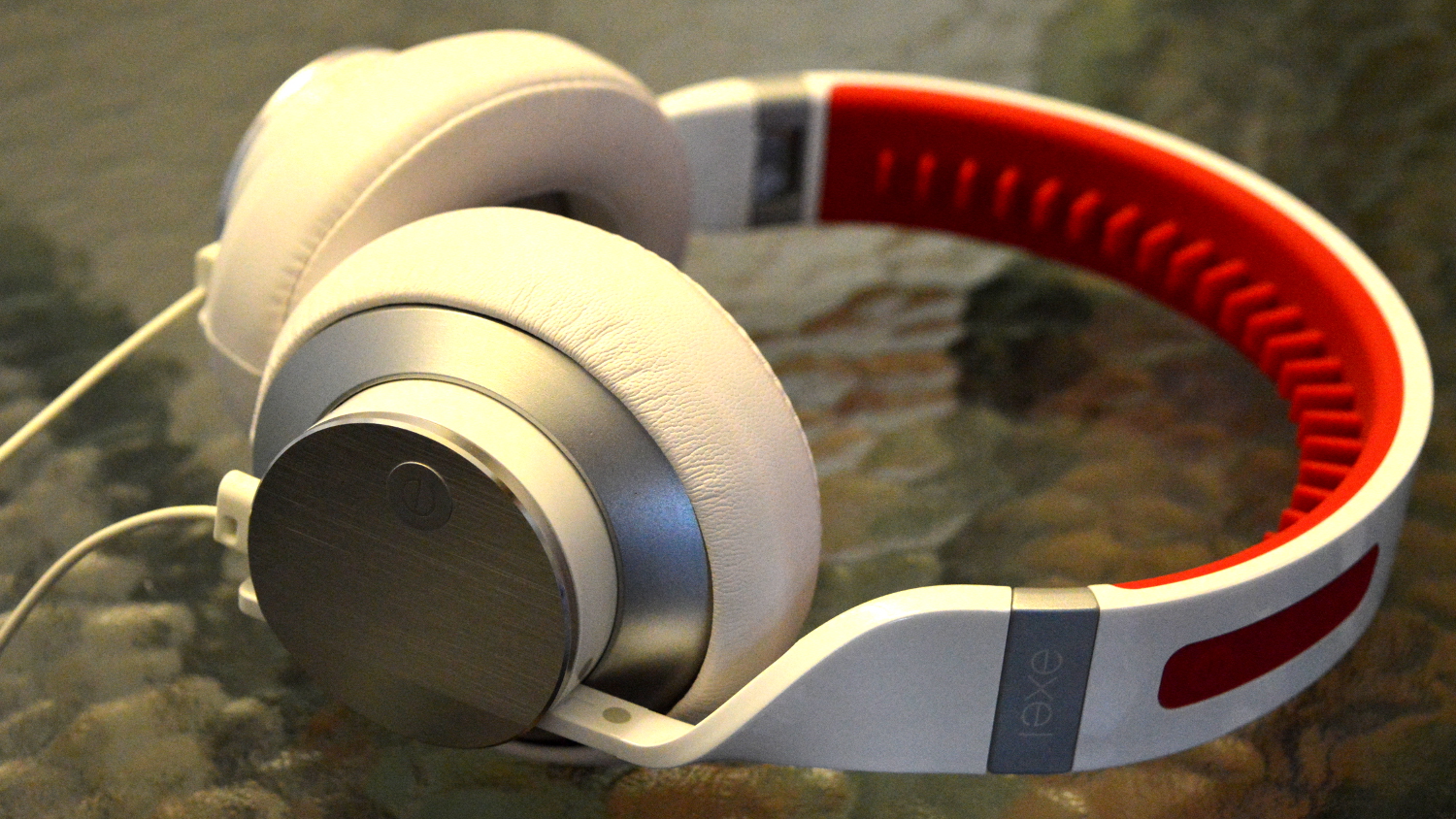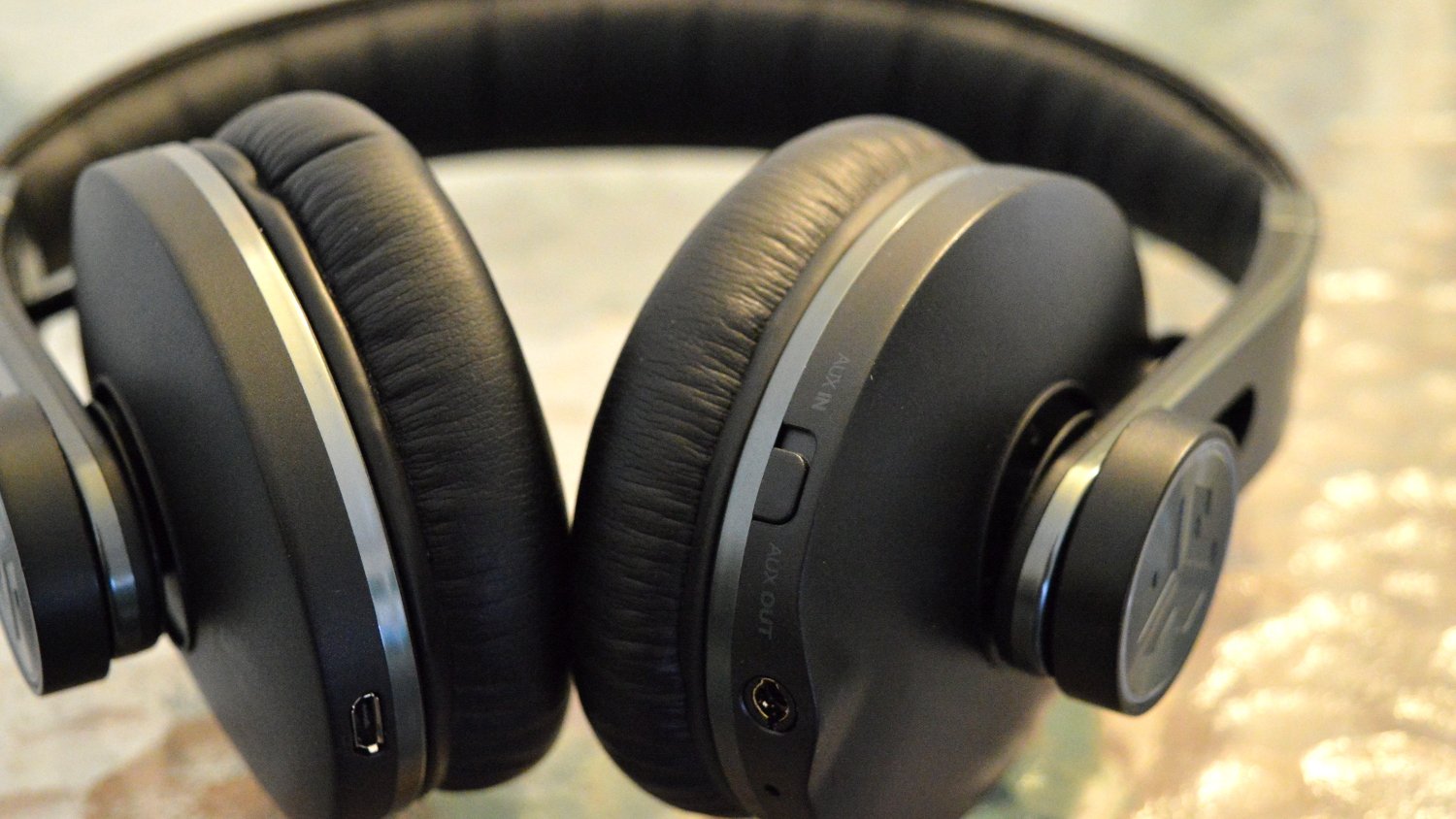A great pair of headphones often come at a price, and there are a ton of pairs out there to choose from. Between types of headphones, sound quality, comfort, and so on, it can be hard to make the right choice. Not only that, but choosing the best headphones can be an important decision to make — many of us spend hours each day listening to music, watching videos on YouTube, and so on.
Of course, choosing the best headphones is a lot easier when there’s something or someone helping you. That’s why we’ve put together this guide. Follow the steps below to figure out exactly what type of headphones is right for you. Or, if you want to delve a little deeper into the tech behind headphones, check out our guide on how headphones work.
1. Types of headphones
The first decision to make is which type of headphones is right for you. There are three main choices to decided between — in-ear headphones, on-ear headphones, and over-ear headphones.
In-ear/Earbuds

In-ear or earbud headphones are for those always on the go. They often get a bad rap for offering a lower audio quality and being bad for your ears, however their convenience is undeniable. You’ve probably used at least a pair or two of in-ear headphones in your time, mostly because of the fact that they come with most smartphones and music players. There’s a slight difference between in-ear headphones and earbuds — earbuds sit inside your ear while in-ear headphones sit inside your actual ear canal.
Pros:
- Highly portable — can be stuffed in your pocket or hung around your neck
- Most comfortable for people who wear glasses
Cons:
- Can be worse for your hearing
- Lower audio quality, especially when it comes to lower frequencies
On-ear
On-ear headphones, as the name suggests, sit on your ear instead of inside them or all the way outside them. The headphones are aimed at offering an intersection between audio quality and portability, and do so quite well — in fact, many of them fold up into a little case so that you can carry them around in a bag. They won’t fit inside your pocket, but the trade-off is a much better sounding headphone.
Pros:
- Can be more comfortable than other types, as they sit on any ear shape
- Offer improved audio quality while still being portable
Cons:
- Not as portable as earbuds
- Not as great sounding as over-ear headphones
- Generally open — don’t offer great sound isolation
Over-ear

Over-ear headphones are designed to offer a premium listening experience. They sit all the way around your ear, which is why most people with standard ear shapes find them the most comfortable of the three types. They come in both open and closed designs, meaning they can often be better in offering sound isolation, both into the headphones and out from the headphones.
Pros:
- Offer the best listening experience
- Are often the most comfortable
Cons:
- Completely un-portable
2. Noise cancellation and sound isolation
The next thing to think about is whether or not you want sound isolation or noise cancelling headphones. That’s right — there’s a difference between those two types of headphones. Here’s a quick rundown of the differences and what they’re for.
Noise cancelling headphones
How do noise cancelling headphones work? Basically, they sample, or record the sounds happening around you, and then flip it 180 degrees and play that sound back to you. In other words, they play the “opposite” sound to that happening around you, cancelling the noise happening around you out. It can be a little complex to understand, but in the end it doesn’t really matter how it works, it just does. Noise cancelling headphones are generally over-ear headphones, and are often more expensive because of the technology they use. They also require a power source of some kind — whether it be replaceable batteries or a rechargeable battery.
Pros:
- Great for environments like planes and traffic
Cons:
- Often expensive
- Require a power-source
Sound isolation headphones
Sound isolation headphones don’t actually use different technology to cut out the sound around you — instead they simply use special types of foam or just more foam to keep noise out if it needs to be out, and in in the case of music.
Pros:
- Cheaper than noise cancellation headphones
- Cut out the noise around you
Cons:
- Aren’t as effective as noise cancellation headphones
3. Comfort
If you’re going to be wearing these headphones a lot, comfort should be a big consideration. If you have the opportunity to try on different pairs of headphones before you buy them, then try to keep each pair on for as long as possible — it will give you a better idea of how they feel long term. Of course, you probably can’t try them on for two hours at a time, but that’s where reviews come in — we’ve tried on those headphones for hours for you.
4. Wireless

Taking your headphones on the go a lot? Then perhaps Bluetooth headphones are the best choice for you. Wireless headphones don’t just get rid of the wires — they also allow you to move your phone or music player as you see fit, and let you move around without having to stop your listening session. On the go, for example, you can keep your phone in your backpack. In the house, you can keep listening while moving from your desk to the kitchen, where you can move around and make dinner.
There is, of course, a drawback — because the audio has to be beamed to your headphones, the quality generally isn’t as high. Bluetooth headphones are getting better and better in audio quality, and most people won’t even be able to tell the difference, but if you’re a serious audiophile wireless headphones may not be the best choice for you.
5. Sound
And, of course, the all important sound. Different people want different things out of headphones — an audio engineer or audiophile probably wants headphones that sound as flat as possible, while someone into hip hop may want a little more bass. It’s a good idea to test out as many pairs of headphones as possible before buying to make sure they offer the spectrum that you want or need.


